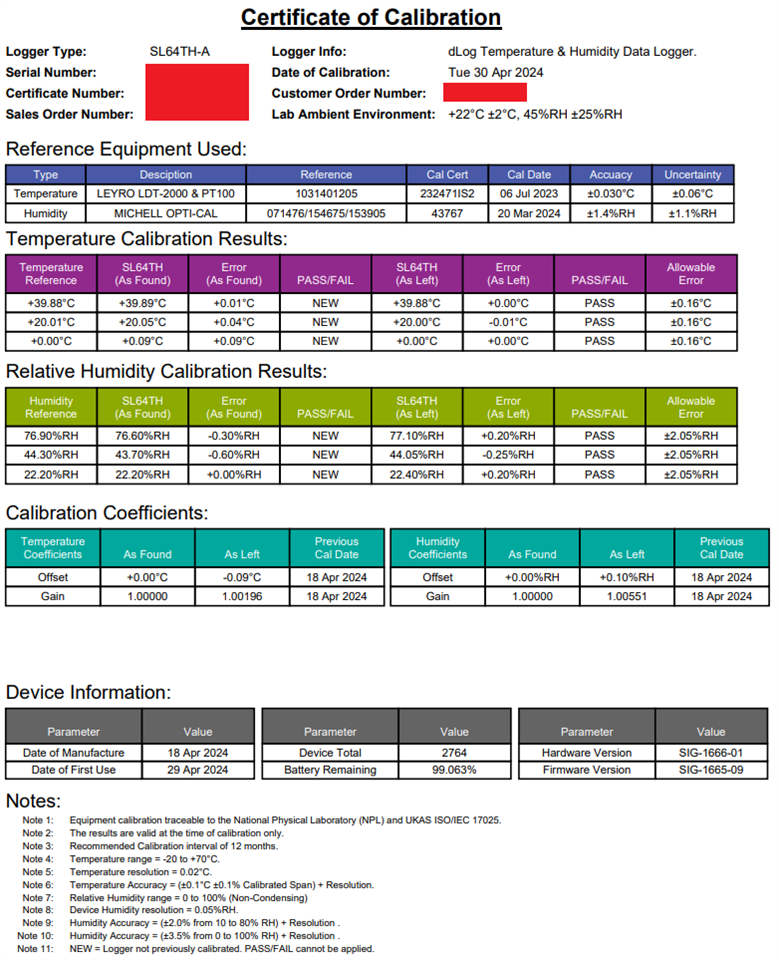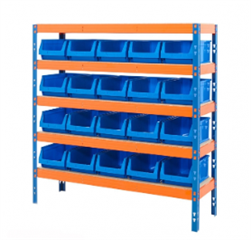Tool/software:
Products using HDC3021 (this variant has the Kapton Protection Cover) are out of calibration, and the normal calibration adjustment does not allow enough correction.
I have tested 2 product ranges. Both use the HDC3021 on different PCBs, which are manufactured by different subcontractors. They are also different batches of sensors.
Both do not remove the Kapton tape, follow the datasheet for holding, and the boards are not cleaned after assembly.
When we received the initial batch of PCBs for one of the assemblies, we calibrated several devices and they were ithin Texas Instruments specifications.
But now after 6 months in stock, they are all out of spec. The span has dropped, and our device only allow as 5% gain adjustment, and this isn't enough to bring the sensors into specification.
Below is a table of results, where we put 3 new HDC3021 direct from stock with the Kapton tape fitted. Removed the Kapton and started a calibration run. The PCB assemblies are stored with metalized ESD bags, not the pink anti-static polyethylene bags which can out-gas.
It can be seen that re-conditioning the sensors resolves the problem. But why is there a problem? The units are stocked with the Texas Instruments fitted Kapton Protection!
Reconditioning 1000s of Humidity assemblies is time consuming and unpractical. HELP PLEASE..
| As Found Results (New) | ||||||||||||||||
| Chilled Mirror | HDC3021 (DEV1) | HDC3021 (DEV2) | HDC3021 (DEV3) | AVERAGE | HDC3021 (DEV1) | HDC3021 (DEV2) | HDC3021 (DEV3) | AVERAGE | HDC3021 (DEV1) | HDC3021 (DEV2) | HDC3021 (DEV3) | AVERAGE | ||||
| %RH | %RH | %RH | %RH | %RH | Error %RH | Error %RH | Error %RH | Error %RH | Pass/Fail | Pass/Fail | Pass/Fail | Pass/Fail | ||||
| 21.1 | 26.5 | 25.6 | 26.1 | 26.1 | 5.4 | 4.5 | 5.0 | 5.0 | FAIL | FAIL | FAIL | FAIL | ||||
| 43.3 | 45.5 | 45.0 | 45.5 | 45.3 | 2.2 | 1.7 | 2.2 | 2.0 | FAIL | PASS | FAIL | FAIL | ||||
| 75.4 | 72.2 | 73.1 | 72.7 | 72.7 | -3.2 | -2.3 | -2.7 | -2.7 | FAIL | PASS | FAIL | FAIL | ||||
| Span %RH | Span %RH | Span %RH | Span %RH | Average Span %RH | ||||||||||||
| 54.3 | 45.7 | 47.5 | 46.6 | 46.6 | ||||||||||||
| All Humidity measurements taken at 21°C ±0.1°C | ||||||||||||||||
| As Found Results (After Re-Conditioning, 5 Hours @ 100°C, 5 Days @ 43%RH (Potassium Carbonate Solution Chamber)) | ||||||||||||||||
| Chilled Mirror | HDC3021 (DEV1) | HDC3021 (DEV2) | HDC3021 (DEV3) | AVERAGE | HDC3021 (DEV1) | HDC3021 (DEV2) | HDC3021 (DEV3) | AVERAGE | HDC3021 (DEV1) | HDC3021 (DEV2) | HDC3021 (DEV3) | AVERAGE | ||||
| %RH | %RH | %RH | %RH | %RH | Error %RH | Error %RH | Error %RH | Error %RH | Pass/Fail | Pass/Fail | Pass/Fail | Pass/Fail | ||||
| 21.1 | 23.9 | 23.0 | 23.5 | 23.5 | 2.8 | 1.9 | 2.4 | 2.4 | FAIL | PASS | FAIL | FAIL | ||||
| 43.1 | 44.6 | 43.3 | 44.2 | 44.0 | 1.3 | 0.0 | 0.9 | 0.7 | PASS | PASS | PASS | PASS | ||||
| 75.4 | 74.4 | 74.4 | 74.8 | 74.5 | -1.0 | -1.0 | -0.6 | -0.9 | PASS | PASS | PASS | PASS | ||||
| Chilled Mirror Span %RH | Span %RH | Span %RH | Span %RH | Average Span %RH | ||||||||||||
| 54.3 | 50.5 | 51.4 | 51.3 | 51.1 | ||||||||||||
| All Humidity measurements taken at 21°C ±0.1°C | ||||||||||||||||
| As Left Result (Adjusted with gain and offset). | ||||||||||||||||
| Chilled Mirror | HDC3021 (DEV1) | HDC3021 (DEV2) | HDC3021 (DEV3) | AVERAGE | HDC3021 (DEV1) | HDC3021 (DEV2) | HDC3021 (DEV3) | AVERAGE | HDC3021 (DEV1) | HDC3021 (DEV2) | HDC3021 (DEV3) | AVERAGE | ||||
| %RH | %RH | %RH | %RH | %RH | Error %RH | Error %RH | Error %RH | Error %RH | Pass/Fail | Pass/Fail | Pass/Fail | Pass/Fail | ||||
| 21.1 | 21.7 | 21.6 | 21.3 | 21.5 | 0.6 | 0.5 | 0.2 | 0.4 | PASS | PASS | PASS | PASS | ||||
| 43.1 | 43.5 | 42.6 | 43.1 | 43.1 | 0.2 | -0.7 | -0.2 | -0.2 | PASS | PASS | PASS | PASS | ||||
| 75.4 | 74.8 | 74.9 | 75.2 | 75.0 | -0.6 | -0.5 | -0.2 | -0.4 | PASS | PASS | PASS | PASS | ||||
| Chilled Mirror Span %RH | Span %RH | Span %RH | Span %RH | Average Span %RH | ||||||||||||
| 54.3 | 53.1 | 53.3 | 53.9 | 53.4 | ||||||||||||
| All Humidity measurements taken at 21°C ±0.1°C | ||||||||||||||||
| HDC3021 Allowable Errors | ||||||||||||||||
| Cal Point %RH | Max Allowable %RH | |||||||||||||||
| 21% | 2.0 | |||||||||||||||
| 43% | 2.0 | |||||||||||||||
| 75% | 2.5 | |||||||||||||||
| As Per Texas Instruments Data Sheet. | ||||||||||||||||



